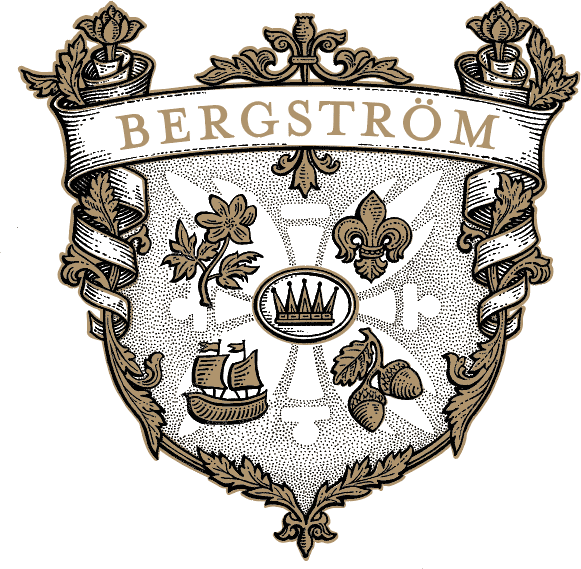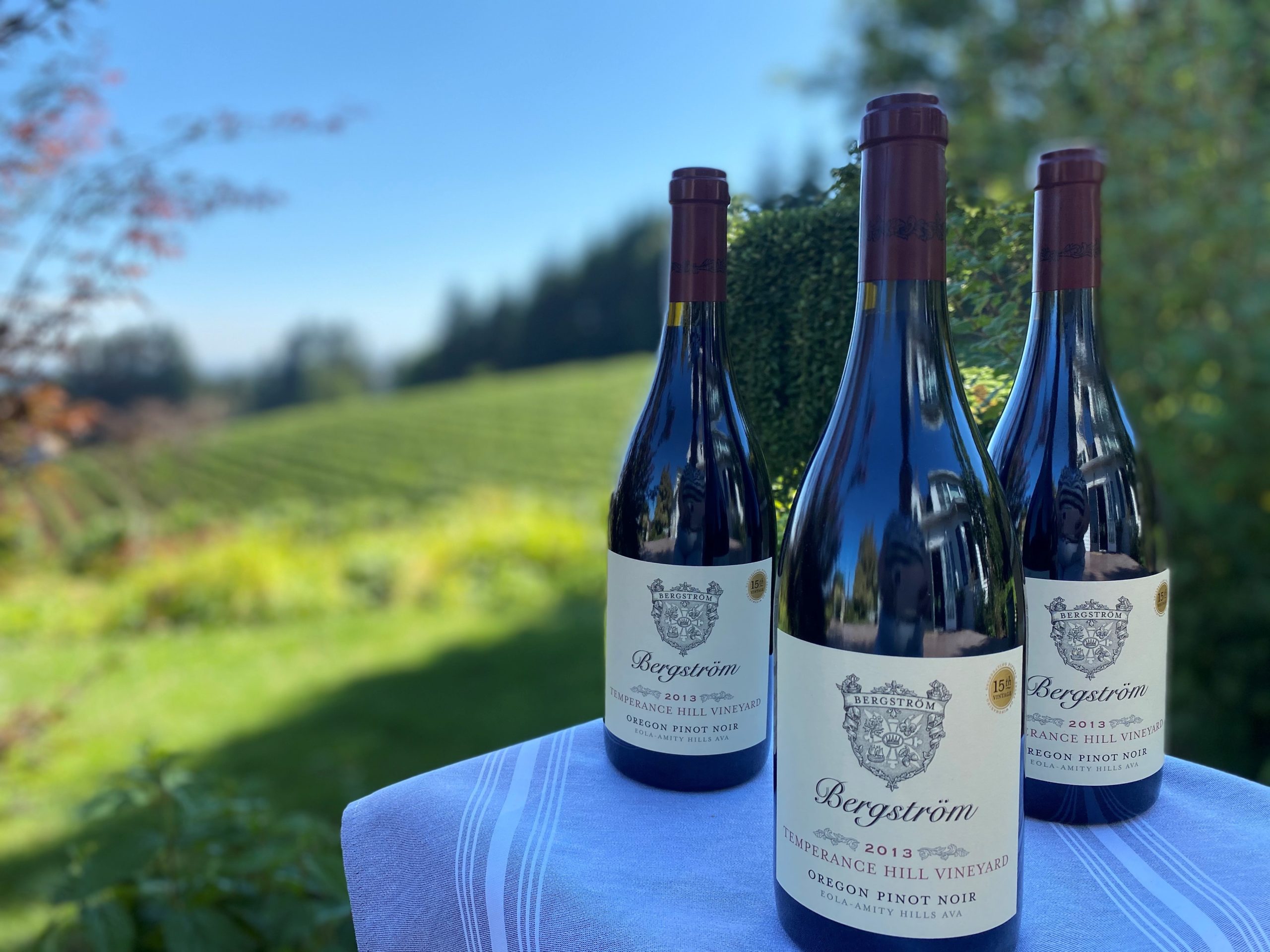Dear Friend,
Oregon’s Willamette Valley is internationally regarded as a legendary, cool climate for Pinot Noir. Only Champagne and Germany’s Mosel Valley have been classified in the same cool climate zone by the University of California, Davis; the historical brain-trust of American Viticulture and Enology. But would you believe that even in our region, where we are growing wine on the edge, we have even colder micro-zones where Pinot Noir truly expresses unique ripening on the verge of disaster?
With how cool of a climate the Willamette Valley is, being north of the 45th Parallel and in close proximity to the frigid waters of the Pacific Ocean, we are just able to ripen Pinot Noir and Chardonnays at the end of the season when the weather truly falls apart. This is what is meant when they describe our region as “marginal” for wine growing. This dance with the devil, this race to ripen, is what gives our wines great natural acidity, crunchy bright flavors, and mineral expressions. It is this bright tension that makes our wines so juicy and taste of fresh fruit vs. jams, jellies, or dried fruit flavors from warmer climates.
What pushes us over the “margin,” and actually makes it possible to ripen fruit here is the fact that we are situated within a weather shadow between the dense old growth timber of the coastal mountain range that welcomes over 120 inches of rain per year, and the tall, volcanic peaks of the Cascade mountain range which can see just as many inches of snowfall. It is, in fact, these two mountain ranges that keep our Willamette Valley’s climate perfect for Pinot Noir, Chardonnay and hundreds of other cool climate agricultural products (remember that Christmas trees are one of our largest exports!) While it may be grey outside, the coast range protects us from the direct threat of the Pacific’s cold, wet weather, and the Cascades protect us from the desert on the other side, which is scorching hot in the summer, and below freezing in the winter.
But like all defense systems, there are points of weakness….
The magnificent coastal mountain range is broken up periodically with small river valleys and inlets, but there is one large, and very prominent break in the volcanic mountain chain, and that gap gives no resistance to the Pacific Ocean’s weather, and allows the cold, maritime wind to blow into our valley. That prominent break is called the Van Duzer wind gap, and it is one of the major geological features that defines our Oregon maritime climate, unlike the continental and Mediterranean climates of our respective Washington and Californian neighbors to the North and South.
These stiff, brisk ocean winds have been blowing into our valley for millions of years, but their most dramatic effects have been tempered before reaching most of the valley and the state by one massive, complex, and lone island of rusty-red, degrading, volcanic basalt: The Eola-Amity Hills. Named after the community of Eola, whose own name was derived from Aeolus, the Greek god of wind, this 37 thousand-acre American Viticultural Area (only 2,400 acres are planted to vine) is historically home to many of those aforementioned Christmas tree farms that help decorate homes across America during the holidays, and is now much better known for some very famous vineyard sites. And no vineyard is more highly regarded than the one we are focusing on today: The Temperance Hill Vineyard, a site we have collaborated with since 2004.
Perched at the very top of the southern tip of the Eola-Amily Hills, The Temperance Hill Vineyard is a hundred-acre farm that was planted in the mid-1980’s. The Van Duzer wine gap points its wind gusts directly at this great vineyard site and so, with the combination of its high elevation and exposure to wind, it is one of the last vineyards to enter bud-break, bloom, veraison, and finally, harvest. In fact, historically speaking, we have oftentimes harvested Temperance Hill after all of our estate fruit from the Dundee Hills has already finished fermentation and has gone to barrel! Sometimes, these two AVAs have 3 or 4 weeks between harvest dates.
Our Temperance Hill Pinot Noir is a production team favorite for its non-stereotypical expression of Pinot Noir. Temperance Hill does not smell or taste Oregonian, nor does it Burgundian, or Californian…it can only be described as Temperance Hill in character. This cold site within a cool climate means that, historically, growing grapes here has been risky. But with risk comes reward! With a very complex aromatic potpourri of boysenberries, marionberries, huckleberries, ruby red grapefruit, Douglas Fir pine, cannabis, and peppercorns, this is a one-of-a-kind wine that sommeliers and wine connoisseurs have sought out for years. With very high natural acidity, and low natural alcohol, the Temperance Hill Vineyard has produced very age-worthy wines over the many years.
I am so happy to present you with a small vertical offering of, what could be, my two favorite vintages from this vineyard: 2018 and 2013. I love these vintages because these were warm years and definitely not without their challenges, but as the end of the ripening season approached, temperatures cooled, allowing the final phase of ripening an elegance of pace, and we picked fruit late into October where we saw perfect flavors and brisk acidities. These wines are showing extremely well right now, and both will continue to age for some time. I recommend stocking up to enjoy now, this fall, this winter, and for 5-10 more years to come!
Cheers!
Josh Bergström

